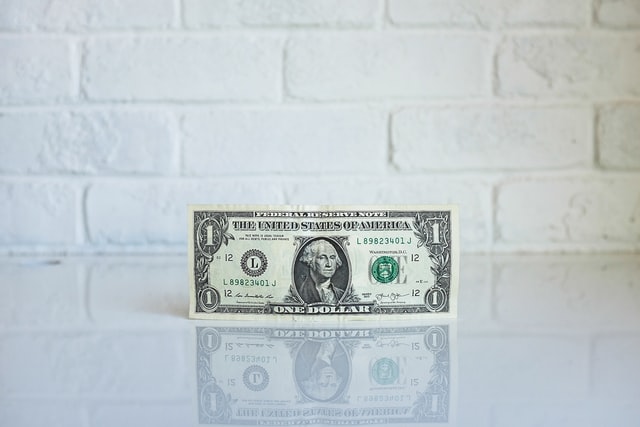
Economics & Growth | Monetary Policy & Inflation | US

Economics & Growth | Monetary Policy & Inflation | US
This article is only available to Macro Hive subscribers. Sign-up to receive world-class macro analysis with a daily curated newsletter, podcast, original content from award-winning researchers, cross market strategy, equity insights, trade ideas, crypto flow frameworks, academic paper summaries, explanation and analysis of market-moving events, community investor chat room, and more.
Yields have been rising as markets digest the prospect of a more aggressive Fed tightening cycle. On Monday last week Fed Chair Jerome Powell said, ‘inflation is much too high’ and conveyed that the Fed is willing to be more aggressive with rate hikes beyond 25bps if needed. Consequently, 10y and 2y yields are both up around 16bps since Monday. Meanwhile, 3m yields have been flatter. The increases have seen the US yield curve (2s10s) continue to flatten. Our recession model that uses this curve as the input is still assigning a 50% probability of recession within the next twelve months. Meanwhile, the Fed’s recession model which uses the 3m10y part of the yield curve is only assigning a 2% probability of recession.
We introduced two models for predicting US recessions using the slope of the yield curve. When long-term yields start to fall towards or below short-term yields, the curve flattens or inverts. This has often predicted a recession in subsequent months. One model from the Fed is based on the 3m10y curve and the second is our modified version based on the 2y10y curve. The two-year would better capture expectations for Fed hikes in coming years. It is therefore more forward-looking. So, our preferred yield curve is the 2y10y curve (10-year yields minus two-year yields).


Spring sale - Prime Membership only £3 for 3 months! Get trade ideas and macro insights now
Your subscription has been successfully canceled.
Discount Applied - Your subscription has now updated with Coupon and from next payment Discount will be applied.